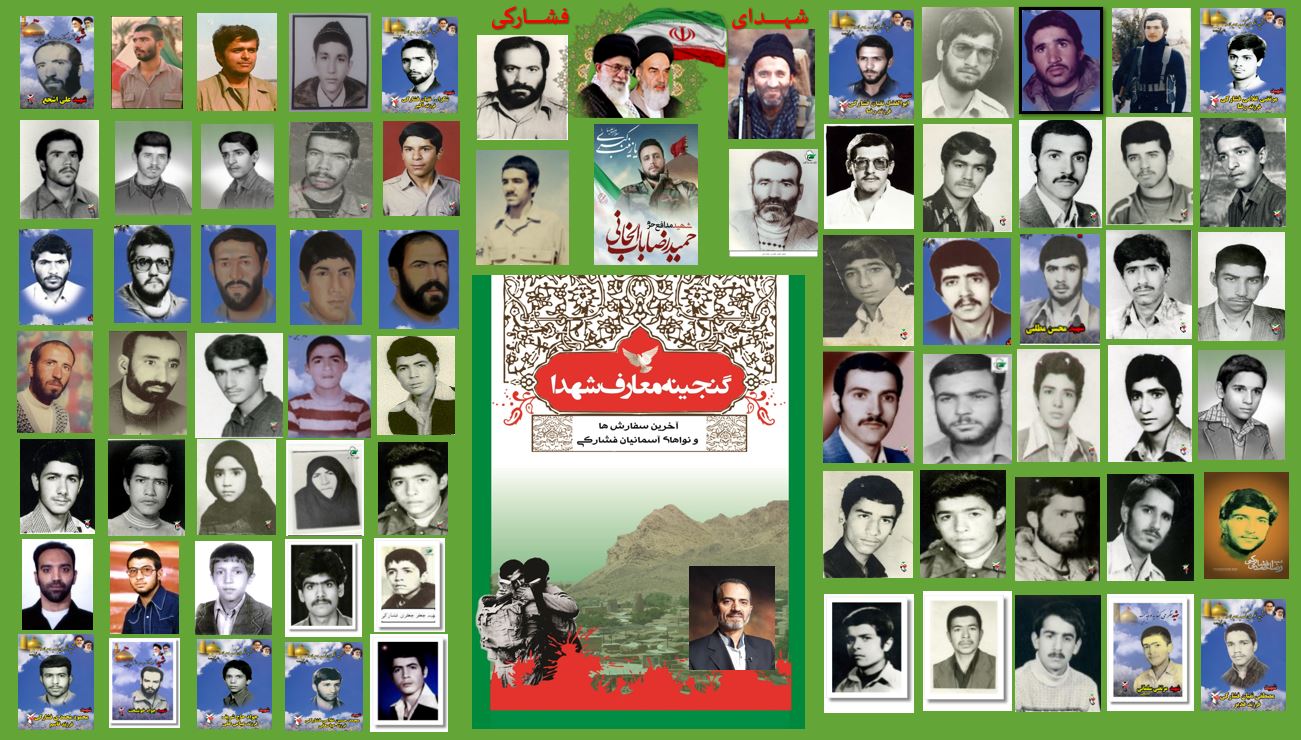Examining the Role of RFID Technology on SCM Effectiveness, Case: Food industry of Iran

Examining the Role of RFID Technology on SCM Effectiveness, Case: Food industry of Iran
Dr. A. Safari, M. Hashemi Fesharaki, H. Hashemi Fesharaki
Abstract
Taking advantage of the new technology, supply chain has already created a chain of cooperation among its own Companies, and, in a larger scale, within a universal environment. Superior to these technologies is RFID which is an abbreviation for Radio Frequency Identification. RFID is one of the most advanced technologies in the contemporary world. Perishable products and hose with short time expiry particularly food products bring about many challenges and problems for the supply chain managers. Such challenges are mostly due to variety in the number of products, especial need for keeping track of the products during the supply chain process, their short term expiry; need to control their temperature during the supply chain process, and their high quantity. Using RFID is one of the best possible ways that can help managers deal with logistical problems of perishable products. In food industry, storage level is generally low because of a high possibility of expiry. Today, changes in methods of production, distribution, maintenance and sale of food products have led to some changes in the demand of consumers for higher quality as well as greater longevity of food products. In order for more confidence in desirable packing in supply chain of food products, such innovations as smart packaging or active packaging have achieved popularity.
Full Text:
References
Collins, J. (2004). RFID brings order to the law. Journal of RFID, 13(5), 345-390.
Foster, P. (2010). San Francisco Airports RFID Baggage Handling System, Aviation Security Manager. Journal of San Francisco International Airport, 14(8), 12-29.
Delavar, A. (2006). Research Methods in Psychology and Education. (4rd ed), Tehran: Payam Noor.
D’Hont, S. (2012). The Cutting Edge of RFID Technology and Applications for Manufacturing and Distribution. Journal of Texas Instrument,12 (6), 34-56.
Jones, P., Clarke-Hill, C., Shears, P., Comfort, D. and Hillier, D. (2004). Radio frequency identification in the UK: opportunities and challenges. International Journal of Retail & Distribution Management, 32 (3), 71-110.
Kakkainen, M. (2010). Increasing efficiency in the supply chain for short shelf life goods using RFID tagging. International Journal of Retail & Distribution Management, 31 (10), 36-49.
Kalil, T. (2002). Management of Technology. (Arabi, M. and Izadi, D. Trans.). Tehran: Cultural Studies Office Publications (Original work published in 1997).
McGee, M. (2011). Health-care IT has a new face. Journal of Information Week, 18 (8), 16-21.
McGinity, M. (2011). RFID: Not Your Father’s Barcode. Journal of business management, 19 (9), 76-89.
Sarmad, Z., Bazargan, A. & Hegazi, E. (2007). Research methods in behavioral sciences. (3rd ed), Tehran: Tehran University.
Smith, H. and Konsynski, B. (2008). Developments in practice X: radio frequency identification (RFID) – an internet for physical objects. Journal of Communication of the Association for Information Systems, 12 (4), 110-130.
Wind, G. (2012), Creating Business Intelligence from What Were Black Holes of Information and Data. Journal of R.F.I.D. World, 34 (5), 12-16.
https://ijism.ricest.ac.ir/index.php/ijism/article/view/221

